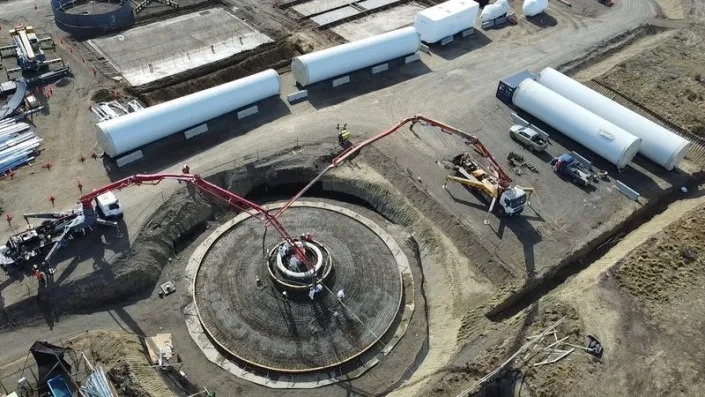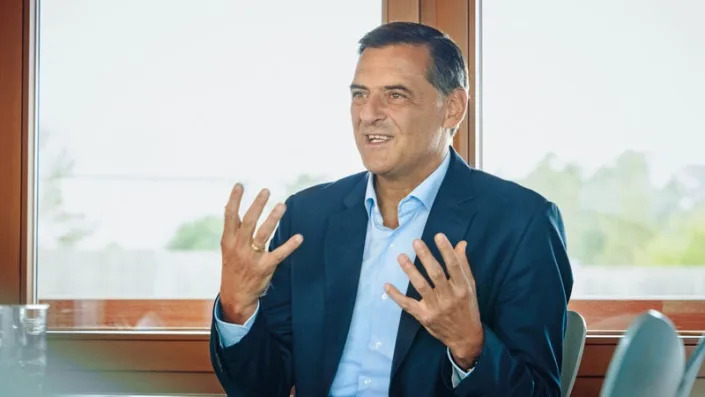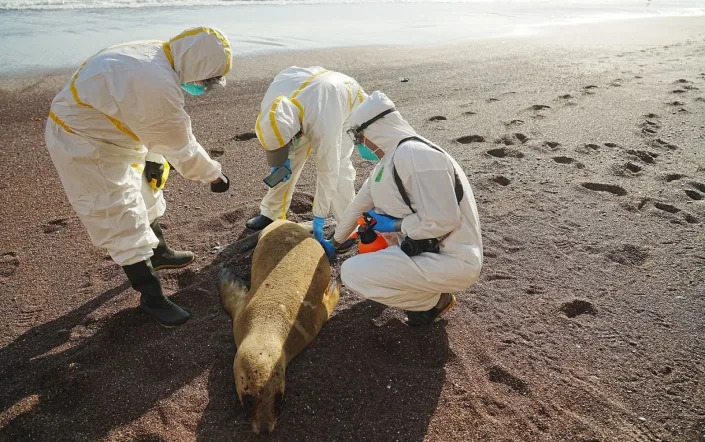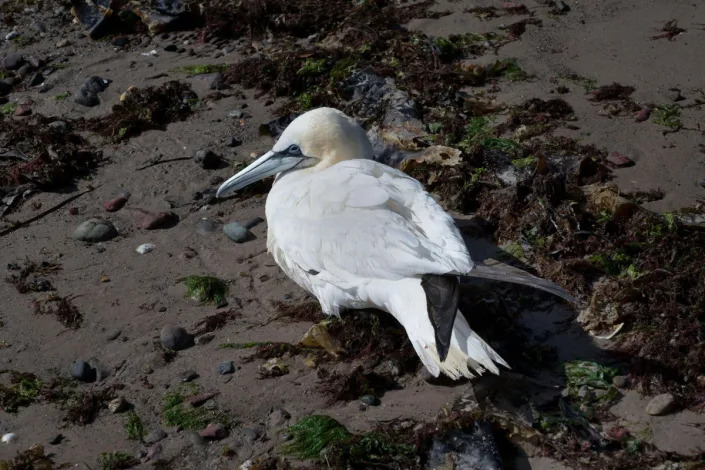Editor OilPrice.com
Sun, February 19, 2023
With the success of the energy transition closely tied to the ability to store solar and wind power, battery manufacturers are zeroing in on Latin America’s so-called lithium triangle of Argentina, Bolivia and Chile.
These three countries alone contain 52m, or 53%, of the 98m tonnes of global lithium reserves, according to the US Geological Survey.
In late January Germany’s Chancellor Olaf Scholz visited Argentina and Chile to secure lithium supply for carmakers Mercedes-Benz Group and Volkswagen to produce electric vehicle (EV) batteries. Germany reached a memorandum of understanding with Argentina for increased supply and plans to offer Chile a deal that is reportedly more favourable than its current arrangement with China.
Days before Chancellor Scholz’s trip, Chinese firms Contemporary Amperex Technology, its subsidiary Brunp Recycling and the mining company CMOC signed a $1bn agreement with Bolivia’s state-owned mining company Yacimientos de Litio Bolivianos to explore for lithium in the country, which has the largest identified lithium reserves in the world, at 21m tonnes.
Argentina has 20m tonnes and Chile 11m tonnes, while Mexico has 1.7m tonnes and Brazil 730,000 tonnes, giving Latin America a 55.5% share of global reserves as of 98m tonnes.
By 2040 the International Energy Agency expects demand for lithium could grow some 40-fold.
With 74% of lithium consumption in 2021 going towards batteries – most notably for EVs but also for clean energy storage – commercial diplomacy backed by public-private partnerships is positioning Latin America as the centre of global lithium supply for the coming decades.
Latin America’s leading producers
While the lithium triangle boasts substantial reserves, production figures are higher in countries that have fully developed their upstream sectors.
Australia was the world’s largest lithium producer in 2022, at 61,000 tonnes – or 46.9% of the global total – with 7.9m tonnes in identified reserves. Meanwhile, Chile produced 39,000 tonnes (30%), China 19,000 tonnes (14.6%), Argentina 6200 tonnes (4.8%) and Brazil 2200 tonnes (1.7%).
It is notable that Chile has been the continent’s leading producer for over a decade, steadily increasing production from 10,500 tonnes in 2015 to 19,300 tonnes in 2019, 28,300 tonnes in 2021, and 39,000 tonnes in 2022.
The country has two active mining companies but has not opened a new mine in 30 years, largely because private companies do not own their resources under the country’s laws, which discourages potential plays.
Local community and political concerns
Lithium mining and processing has faced backlash from local communities worried about the environmentally damaging aspects of the practice and poor labour standards. Chile’s President Gabriel Boric has taken up the issue in his first year in office, which makes a partnership with Germany timely, as Chancellor Scholz underscored Germany’s own environmental and labour standards during his trip.
Similar concerns surround China’s deal with Bolivia. Though the partnership aims to build two plants capable of producing 25,000 tonnes each – which would make Bolivia the largest producer on the continent – local political and community opposition has derailed past projects in recent decades, and the opposition party voiced its objections in the wake of the deal’s announcement.
Argentina is well positioned to ramp up its production, which has held between 6000 and 6400 tonnes since 2018, and has the potential to overtake Chile.
In addition to the agreement with Germany, last December Vancouver-based Lithium Americas paid $227m for the shares it did not already own in Arena Minerals, another Canadian company with a holding in the Pastos Grandes Basin. The move aims to consolidate operations of the companies’ adjacent lithium mines and begin production in the first half of 2023.
“Energy and mining pose great opportunities for Salta and the Norte Grande to reverse historical inequities. Many mining projects are entering the commercial stage, and the lithium boom generates favourable prospects for the region,” Abel Fernandez, executive director of the Industrial Union of Salta, told OBG.
However, the governor of the lithium-rich La Rioja Province declared lithium a strategic resource and suspended mining rights in January, calling into question Argentina’s attractiveness to private companies and underscoring the political headwinds facing the global rush for lithium supplies.
In a similar move, last year the Mexican government reformed the mining law to nationalise lithium, in line with its prior moves in the energy sector that have since stymied investment in that industry.
The potential to expand lithium output in these strategic markets may therefore hinge on the ability to reach a compromise in these key policy areas.
Local supply chains
Perhaps the most important precondition for refined lithium supply for batteries is processing. China has long held a dominant position in this regard, accounting for nearly 60% of global refining capacity in 2022, albeit down from a 65% share in 2021.
Most Latin American lithium carbonate already finds its way to China for processing. Of Chile’s exports in November 2022, some $455m – or 66% of the total – went to China, with 13% going to South Korea and 10% to Japan.
With a slew of major car manufacturers shoring up their positions in EV manufacturing, the expansion of lithium exploitation and processing could create a complete supply chain within key Latin American countries.
Mexico has attracted attention in this regard, bolstered by recent intergovernmental supply chain diplomacy between Canada, Mexico and the US.
OBG recently described how the North American Leaders’ Summit in January deepened coordination and investment in semiconductor supply chains. At the same summit, the leaders of the three countries also committed to “expanding North American critical minerals resource mapping to collect details on resources and reserves”.
Two weeks ago German carmaker BMW announced it will construct an $800m plant in the state of San Luis Potosi, with more than half of the investment going towards building a new high-voltage battery assembly plant. Tesla is expected to make a similar announcement in the near future to build a battery and car manufacturing plant in Mexico, according to Marcelo Ebrard, the country’s foreign affairs minister.
Last year US carmaker General Motors transitioned its manufacturing plant in Coahuila from producing internal combustion engine vehicles to EVs. The company plans to invest a total of $27bn in EV products from 2022 to 2025.
By Oxford Business Group













